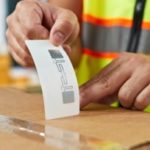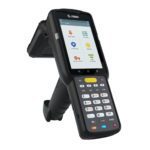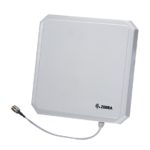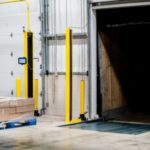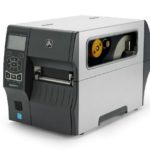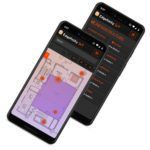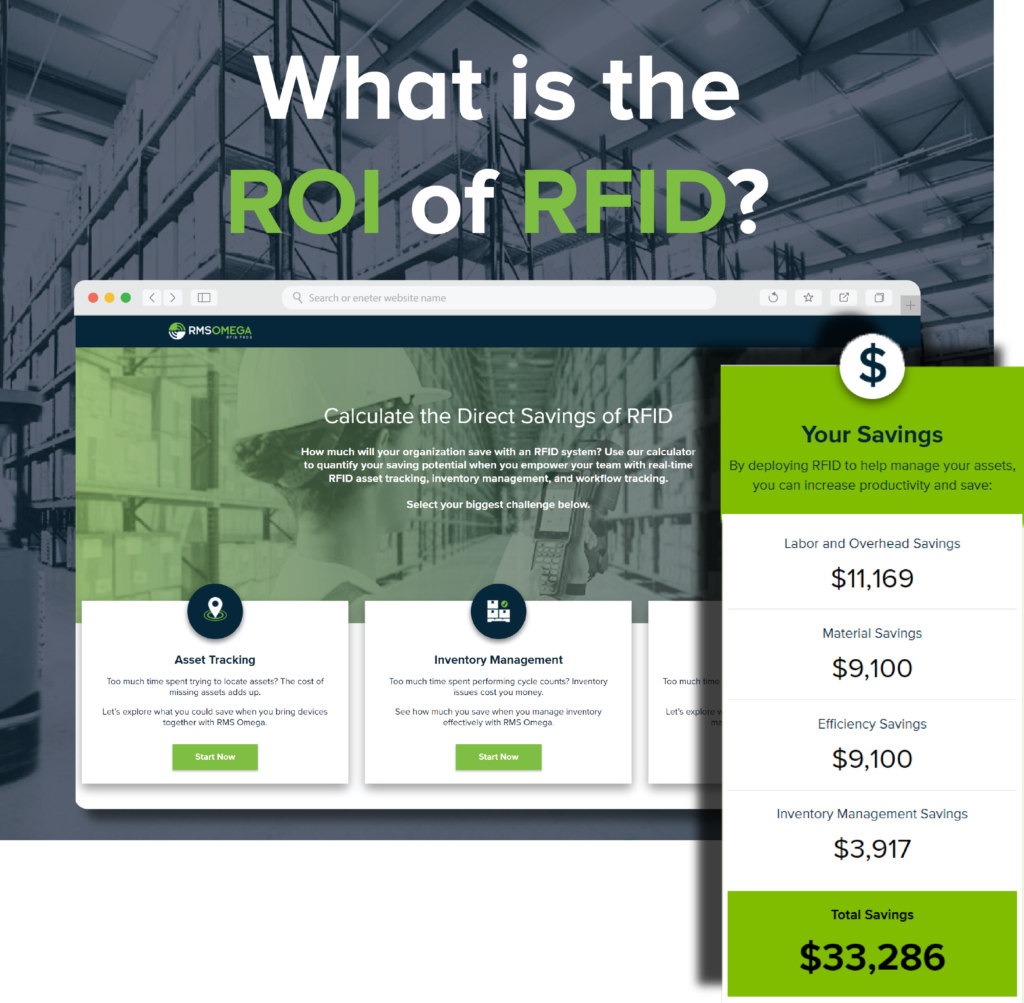Understanding RFID Costs: Key Factors To Budget For
Once considered a cutting-edge technology with a high-cost barrier, RFID has evolved into a practical, affordable, and preferred method for data capture in modern manufacturing, supply chain, and healthcare operations. In fact, approximately 58% of warehouse decision-makers have plans to roll out RFID systems by 2028 to improve inventory visibility. While the benefits of RFID for inventory management, asset tracking, work-in-process monitoring, and other applications are well-documented, pinpointing the exact cost of an RFID system can be challenging without a thorough analysis of business processes, project scope, level of visibility desired, and other determining factors.
This blog breaks down the five key cost factors of passive RFID systems, providing a budget framework to help plan your project.
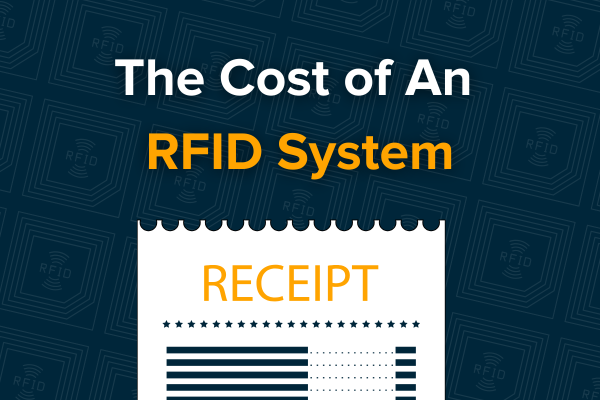
RFID Tags & Labels
Passive RFID tags have no internal battery; they transmit data only when within range of an RFID reader. This allows for fast, accurate data capture but not real-time tracking. Their battery-free design makes them a more cost-effective option than active tags.
Basic passive RFID labels typically cost between $0.10 and $0.50 per label. However, if your tagged items are exposed to challenging environmental factors—such as metal surfaces or high moisture levels—you may need specialty labels, which range from $1.00 to $5.00 per tag.
Labels and tags are a fundamental component to understanding the total cost of an RFID system. Since each tracked item requires a unique tag, estimating total system costs starts with defining key requirements—such as read range, memory capacity, and environmental durability—along with the total number of tags needed.
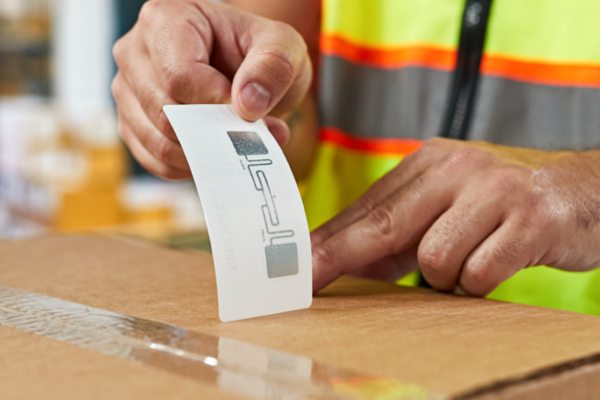
RFID Hardware
Printers
RFID Printers are used to generate serialized labels and/or tags embedded with RFID chips, serving a dual purpose: encoding data onto the chip and printing visual information on the label’s surface, such as text, barcodes, images, and more.
RFID printer costs vary depending on factors like print resolution, hardware form factor, and label volume. Entry-level mobile or desktop RFID printers for low-demand applications typically range from $1,500 to $3,000. Industrial-grade printers that are designed for higher volumes and frequent use generally run between $3,000 and $6,000. Depending on your application and the type of tag you need, a printer may not be required at all. Alternatively, you can outsource printing with label pre-print services.
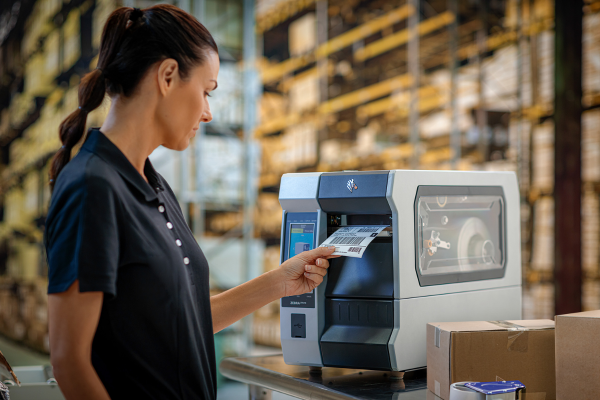
Mobile RFID Readers
Handheld or mobile RFID infrastructure is typically more affordable, both in terms of hardware costs and the integration services needed for deployment. Reliable handheld readers on the market generally range between $1,500 to $3,000, depending on the manufacturer, frequency type, and other product features.
Handheld RFID readers streamline tasks like inventory auditing, cycle counting, and seek-and-find applications. Most advanced handheld scanners can read over 1,000 tags per second with read- ranges that span multiple feet. As a result, only a few handheld readers are typically required within a single facility, keeping hardware costs down.
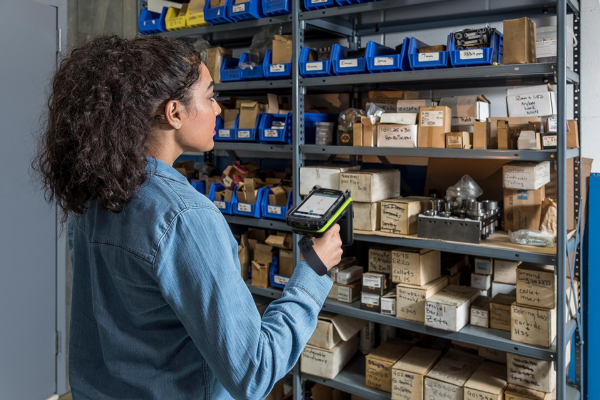
Fixed RFID Readers & Antennas
Similar to handheld readers, fixed RFID readers collect data when tags come within their range. However, fixed readers are mounted at strategic locations, such as dock doors, hallways, aisleways, and designated zones, to enable fully automated data collection and movement of products in, out, and around a facility. Market-leading fixed readers typically cost between $1,000 and $4,000.
Fixed infrastructure deployments also require antennas, which work in conjunction with RFID readers. Antennas are essential for capturing tag data and transmitting it to the reader. Most readers can support 4 to 8 antennas. For applications targeting specific entry points, such as doorways or conveyors, 2 to 4 antennas are typically sufficient. As a general rule of thumb, dock door or checkpoint applications typically require one reader per doorway, along with 2 to 4 supporting antennas for accurate coverage.
While several are needed to do the job, antennas are the least expensive hardware component in an RFID system, typically costing between $100 and $250 each.
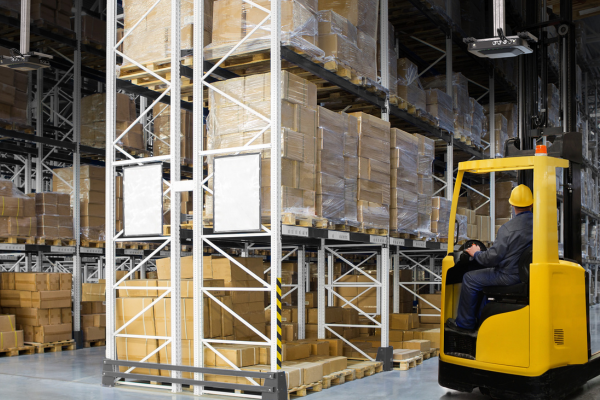
RFID Software & Middleware
RFID software costs can vary significantly based on the scope and functionality of the deployment. Most software options are priced per reader, with monthly or annual subscription terms. Additional services, such as cloud hosting, software setup and configuration, custom development, or ERP integration, may also be necessary add-ons that impact the total cost.
In general, basic tag validation and scanning software typically costs between $1,000 and $5,000 annually. Software with more advanced features, such as location tracking, tag mapping, and real-time notifications for product movement across a facility, can range from $15,000 to $50,000 annually, depending on the deployment. Complex integrations with ERPs or other enterprise applications can run into the range of $50,000 or more.
The world of RFID software offers a wide range of product options, which can sometimes overcomplicate the intended objectives of a solution. Additionally, software costs are difficult to determine without an initial project discovery conducted by a team of experts. For this reason, it’s essential to work with a systems integrator to nail down the exact cost of an RFID system. RMS Omega’s RFID Pros work with you to test different options and provide an unbiased recommendation tailored to your project’s specific needs and budget.
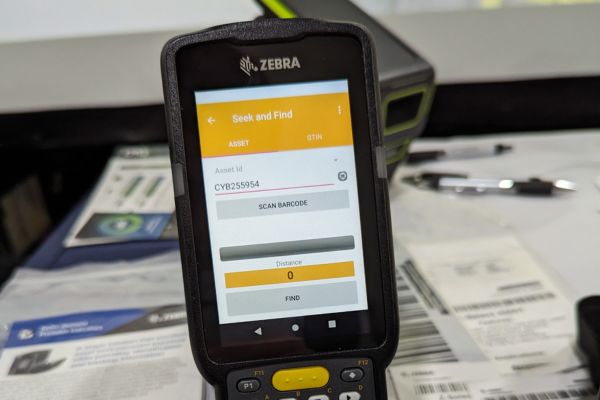
RFID Integration & Deployment
RFID system integrators like RMS Omega play a critical role in bringing your solution to life. Our process combines industry-best label, hardware, and software products with premier integration services. We ensure the success of your deployment with onsite evaluations, testing, installation, training, and post-deployment support.
Most importantly, partnering with an integrator gives you access to a team of experts who can troubleshoot and guide you through project challenges or roadbumps. Integration costs typically add $5,000 to $10,000 to the overall project budget for projects that require onsite evaluation and installation.

Recurring Costs
While hardware, installation, and other integration services are one-time expenses, it’s essential to consider the recurring costs of an RFID system. Although these ongoing costs are typically lower than the initial investment, it’s important to assess the monthly or annual expenses tied to your technology solution.
Most RFID software options are billed on a recurring monthly or annual basis. Additionally, optional hardware and managed IT service contracts typically renew every 1, 3, or 5 years. Lastly, don’t forget to account for consumables, such as RFID tags, which will need to be replenished as stock runs low.

Get A Quote For Your RFID Solution
Understanding the cost of an RFID system involves evaluating several key components, including tags, hardware, software, and integration services. Although RFID technology has become more affordable, the total cost can vary significantly based on your specific application, facility size, and operational needs.
This guide breaks down the expenses into categories—tags, hardware, software, and integration—providing a clear budgeting framework. However, partnering with an experienced RFID systems integrator can simplify the process and help you select the most cost-effective solution for your business.
With proper execution, RFID implementation can yield substantial long-term ROI through improved operational efficiency, inventory accuracy, and data visibility. As RFID technology continues to evolve, now may be the perfect time to explore its potential for your organization.
